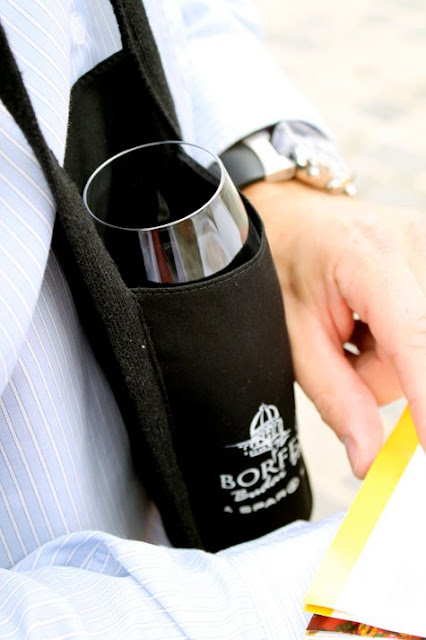Destination: Skopje, FYR Macedonia
Time of travel: August 2014
Duration: 10 days in total
Travel plan: Thessaloniki, Greece - Skopje, FYR Macedonia - Prizren, Kosovo - Sofia, Bulgaria - Skopje - Thessaloniki.
Some time ago I wrote about our epic taxi ride from FYR Macedonia all the way down to Thessaloniki, if you haven't read it yet, click on the link and read it now. This time let’s go all the way
back to take a look at the time we spent in Macedonia itself. We did a
multi-destination trip starting from Thessaloniki as there were no direct,
reasonably priced flights to Skopje. From
Thessaloniki we took a bus to Skopje as our initial plan to rent a car fell
through – turned out the Greek car rental companies don’t allow you to drive to many of the neighboring countries! The bus ride was easy and
comfortable so it doesn’t really make much difference. From Macedonia, you can rent a car and drive to pretty much any country you wish
(with some exceptions, i.e Albania)!
Time of travel: August 2014
Duration: 10 days in total
Travel plan: Thessaloniki, Greece - Skopje, FYR Macedonia - Prizren, Kosovo - Sofia, Bulgaria - Skopje - Thessaloniki.
 |
| Stone Bridge and Archeological Museum of Macedonia |
 |
| Blend in and explore! |
 |
| Get lost in the old part of the city |
Like all over the Balkans, you get a great sense of east and
west colliding which makes your experience that much deeper. It’s quite
fascinating to walk in the Ottoman part of Skopje dining at the tiny eateries with the locals and then walk across the bridge to more modern part of the city
to have a Mojito by the river. If you want to go local, try white wine with ice and a squeeze of lemon juice!
,
Skopje is compact and very pleasant to explore. It’s small
so a couple of days is more than enough to see the sights and do some shopping.
Make sure to take a trip outside the city to one of the smaller towns in FYR
Macedonia or further away to the neighboring countries such as Serbia, Kosovo,
Albania or Bulgaria. You can easily make a day trip to the south of Serbia or
Kosovo and drive back to Skopje for the night. FYR Macedonia is a very
affordable destination in accommodation, car rental as well as food. Leave
space in your suitcase as you will most likely be able to make some great finds
in Skopje, especially if you are into wine and shoes. Macedonia is also a safe destination and many locals speak English, Russian or German. You'll meet lots of authentic, warm people and many religions living side-by-side which makes it an easy and a friendly place to visit.
 |
| Pillars, pillars everywhere! |
 |
| Skopje Aqueduct |
 |
| Bulgaria ahead! |
Recommendations:
Eat local dishes such as kebapi, shopska salad or one of the ridiculously delicious meat pies. The food is very similar to the neighboring countries, so if you love the balkan food, you'll surely love Macedonian food also!
Walk along the ancient city walls and explore the old fortress (6th century) and get lost in the old town!
















































